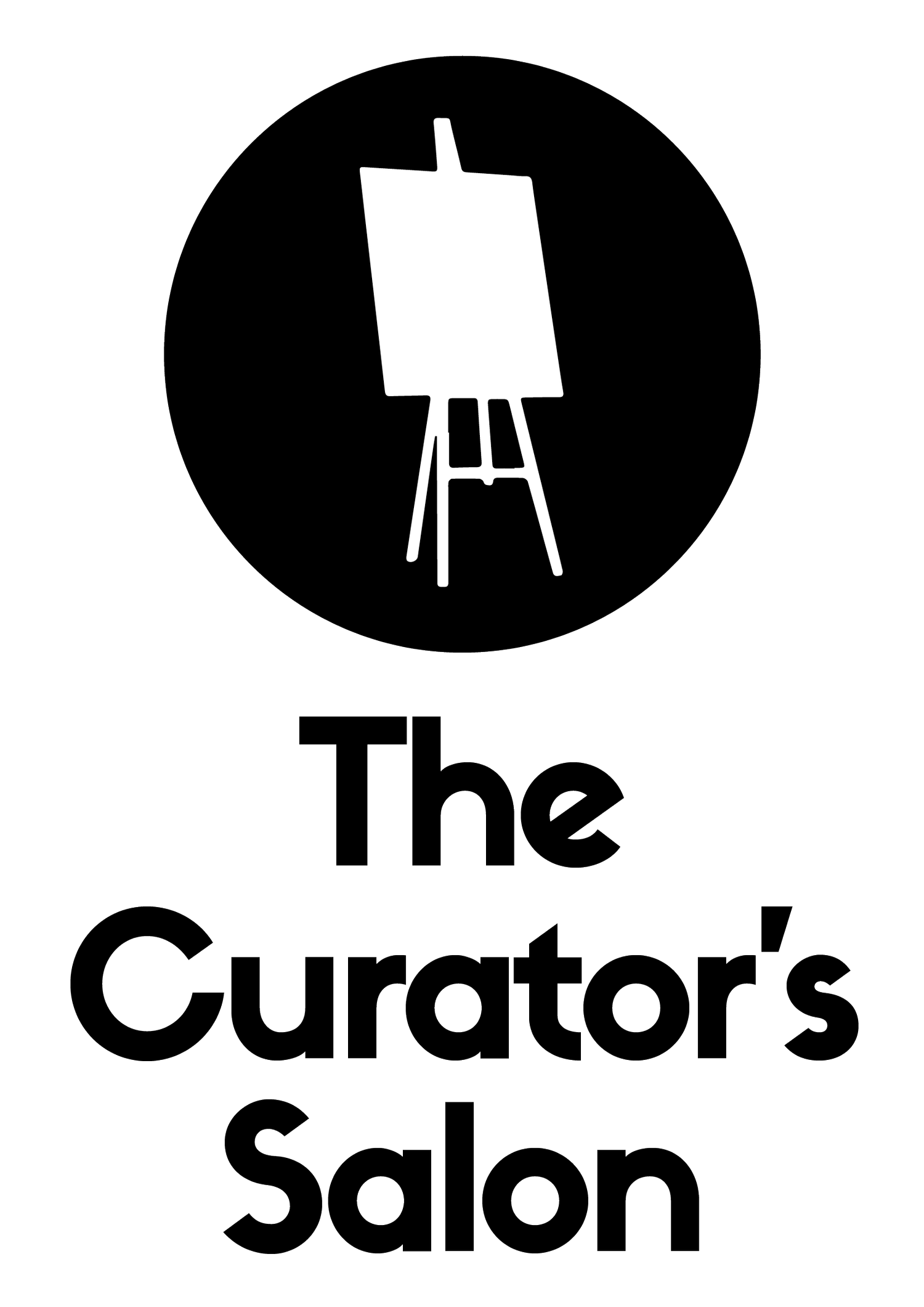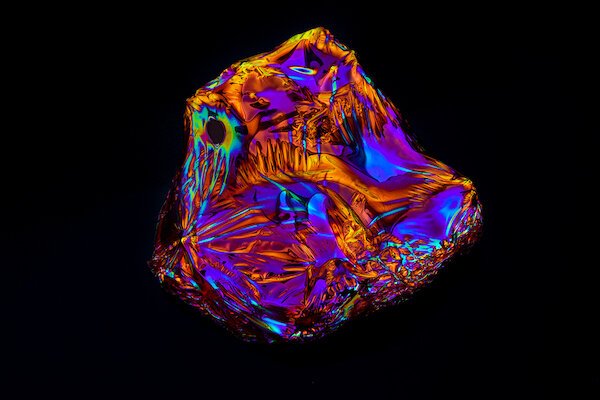Kobi Walsh
Brooklyn-based photographer Kobi Walsh talks with me about the importance of light in his work, inspiration from impressionists, and his current sculptural endeavors.
Share a little bit about your background.
I have been practicing photography for about 13 years, but my path to becoming an artist wasn’t quite so linear. For an agonizingly long period of my life, I had thought of my artistic practice as nothing more than a hobby. Art was something that I knew I loved endlessly, but because of a deeply internalized fear of failure and losing that which I loved the most, I diverted to self-imposed expectations of what I believed I “should” be doing with myself. I graduated from university with a degree in cognitive and brain sciences, after which I launched a gallery representing artists focused on virtual and augmented reality art, as well as a contemporary streetwear brand based out of Dubai and India. I was doing all that I believed should make me feel happy and fulfilled, yet I felt just as lost and hopeless. After a dark period of introspection and internal confusion, I finally realized I wasn’t being truly honest with myself. I was stifling my inner authentic voice in favor of others’ expectations of me. This realization shook my worldview to the core and made me reevaluate all that I believed to be true about who I was. I finally came out the other side with an understanding that art wasn’t a choice for me. Art was the missing piece nagging at my soul that remained after I had stripped down my sense of self to the foundation of who I am and what I believe. From that point forward, I internally decided to fully commit myself to my artistic practice because I knew without it nothing else would make sense. I moved to Brooklyn, dove headfirst into the New York art scene and haven’t looked back since.
Study of Body, photograph by Kobi Walsh
What is your preferred medium and what do you like about it?
Photography has always been my preferred medium and is really what drew me into the world of art. For me, photography is a way to authentically represent the fleeting moments and feelings that we’re surrounded by on an everyday basis. It’s a way to communicate our own individual human experience. It’s a chance to welcome others into our mind and the way we view the world. As quickly as the world moves around us, photography is a way to slow down, to notice the passing of time and recognize the beauty that we’re constantly surrounded by every day.
What ideas are you exploring in your work?
For me, art has been a way to examine my own place in the world and recognize the fundamental truths of my own existence. Through my work, I explore the subjectivity of our perspective. As humans, I believe that we are all products of our experience - our perspective has been shaped by a unique combination of events that define how we understand and interact with the world. I am fascinated by the differences in our realities and how our individual histories can impact the way we experience a subject. I believe the common thread that shapes our reflexive emotional reaction to a subject is light. My photography highlights momentary irreplaceable fragments of light within my own reality that shape how we perceive a subject. I focus on commonplace objects and surfaces in my environment in order to explain how the immediate feeling associated with a subject depends on light and our unique personal narrative. My work also explores themes of impermanence as well as the authenticity of the present moment. My photography is representational by nature, but looks to expand our conventional idea of what defines a subject into a fuller, more authentic visual experience of an image.
Tell me about your artistic process.
My process involves an analytical, meditative method of observation that reconstructs our perception and feeling of a subject through distinct fragments of light. My photography is not staged and does not rely on digital manipulation, instead focusing on atmospheric light, time, and physical perspective to produce changes in the image. I focus on the authenticity of a single moment, a defining characteristic of a subject, not based on the conventional identity of the subject, but instead based on the unique feeling and fragments of light that make the subject what it is. For any given static subject, I will take hundreds of photographs of a small portion of its surface, shifting my perspective by centimeters at a time in order to capture slight changes in light and composition. With time-based subjects, I will often spend hours photographing a single segment of its surface to highlight distinct changes brought about by shifts in time and light. My goal is to communicate a visual image as close to my own visual experience of the subject as possible.
Quay 1, photograph by Kobi Walsh
Share more about the evolution of your practice and style.
Throughout my artistic journey, I have always worked with photography and it was not until recently that I have begun to shift into some more sculptural works. My style has certainly evolved over the years, learning and iterating from various lanes of photography until I ended up where I am today. I started out with a fascination for capturing split second exposures, moving on to exploring the depth of color through stacked exposure images, then to representational landscapes and portraiture focused on unique lighting, progressing to a fascination with abstract forms and natural shapes, then eventually transitioning into the current representational works defined by light and my own momentary experience of a subject. During quarantine, my work has begun to evolve into more sculptural works that translate the immediate feelings of a subject defined by changes in light into physical objects that allow the viewer to create these experiences for themselves.
The photographs such as “Bus Window” have a painterly quality. Can you talk about the influence of Monet & impressionism and other artists you look to for inspiration?
Much of my work is inspired by the impressionist movement and the ideals they set about to create through their paintings. For me, impressionism and the plein air technique is about capturing a feeling created by distinct changes in atmospheric light. I believe the impressionist movement was not necessarily focused on the subject of the scene, but more about the underlying feeling that came from the unique lighting of the subject. Just as ready-made paints expedited the painting process and allowed the impressionists to incorporate immediate subjective emotions and light conditions into their work, I believe the immediacy of photography as a medium has the capability to expand upon these themes and translate them into a modern ideology.
Bus Window 4, photograph by Kobi Walsh
I grew up in Chicago, so when I was younger, I would often find myself at the Art Institute, which has an exceptional collection of impressionist works. As expansive as the museum is, I would spend the majority of my time in the impressionist section, specifically with Monet’s work. I didn’t know why at the time, but no other work had made me feel to quite the same degree as Monet’s paintings. I now know that what truly connects me to a piece of art is not necessarily the subject, but the immediate subjective feeling elicited by the atmospheric light and color of the piece. With my photography I am always looking to translate this atmospheric light and feeling into my pieces. My photography as well as my more recent sculptural work has also been influenced by masters of light such as James Turrell and Olafur Elliason who are able to use light and form to manipulate our feelings and expectations of an environment.
Inkblot 2, photograph by Kobi Walsh
Which artists do you enjoy at the moment?
I love Meghan Riepenhoff’s stunning large-scale cyanotypes that have been exposed to the elements, Kimsooja and her masterful use of space to manipulate light and feeling, Memo Akten and his gorgeous interactive AI pieces trained on natural landscapes, Liu Jianhua and his flawless porcelain masterpieces, Refik Anadol’s natural data visualization pieces built by AI and quantum mechanics, and Tawny Chatmon with her beautifully intricate mixed media portraiture.
What is your studio like?
During the pandemic, I ended up relocating upstate for a while where I was working out of a temporary make-shift space, which turned into a longer-term than expected, but no less make-shift of a space. Under normal circumstances, my studio is my sanctuary. I surround myself with previous work and experimental materials, as being in my studio always inspires and motivates me to push the boundaries of my own work. I was also recently accepted into the studio program at Mana Contemporary outside of New York, which I couldn’t be more excited about, so I will hopefully be transitioning my practice there this January.
Meteorite 2, photograph by Kobi Walsh
Meteorite 5, photograph by Kobi Walsh
What is the most memorable thing someone has said about your work?
“He’s good.” Rhona Hoffman’s comment after looking at my work. Rhona founded Rhona Hoffman Gallery in Chicago and was one of the first gallerists to discover Kehinde Wiley, as well as a long list of now exceedingly well-known artists. Rhona is not one to mince words or sugar-coat and if she doesn’t like a piece of art, she will tell you. Her comment came at a time when I was doubting my own merit as an artist and the simplicity of the statement really stuck with me, gave me the drive to keep pushing forward, and was able to shake me out of my own head.
What are you working on now?
Currently I have a couple photographic series I am working on in the pipeline as well as continuing to iterate on my sculptural “Meteorite” series. I am pretty excited about the series as it begins to translate ideas I have been exploring through my photography into physical objects that the viewer is able to experience on a more personal level. Each piece is unique and impossible to recreate, familiar, yet foreign, built from rubble and natural rock formations within my environment throughout quarantine. Each viewer will experience the pieces in a different way as the natural light of the environment shifts the surface of the Meteorites throughout the course of the day.
On the side, I have also been working on designing and building my own digital exhibition space, which will be launching soon, in order to host my own exhibitions in the future. I was also accepted into both The Other Art Fair Brooklyn and Chicago, as well as Superfine Art Fair in Seattle, which have been continually delayed, but hopefully, pandemic permitting, both will be happening in-person as well as virtually later this year. In addition, I was accepted into the newest edition of the Friend of the Artist book, as well as The Flux Review Magazine, which I am very excited about and will be launching in the new year.
Follow Kobi Walsh on Instagram @kobiwalsh






